Closer to liberation: The road from first Palestinian Intifada to Al-Aqsa Storm Op.
By David Miller
The first Palestinian Intifada, or uprising, began in December 1987, exactly 36 years ago. It ended in September 1993 with the signing of the first Oslo Accords, which provided a framework for so-called “peace negotiations” with the Palestinians.
The failure of that process is visible for all to see today.
Breaking the bones
In the first Intifada, Israeli brutality was abundantly demonstrated. Palestinians were casualties at a ratio of more than 3 to 1.
A new departure on the Zionist side was the orders from the top to break the bones of protestors in what were transparent ‘punishment beatings’, but were never referred to as such in Western media.
The tactic was exposed in famous footage which was broadcast on mainstream news networks the world over. It later featured in John Pilger’s excellent documentary Palestine is Still the Issue in 2002.
Israeli Colonel Yehuda Meir was tried for his part in these crimes. He blamed then military affairs minister Yitzhak Rabin who “gave orders in January 1988”, to break bones of protestors “as punishment.”
Rabin claimed it was not for punishment but “only to bring them under control.”
Either way, Rabin’s order had gone out not only internally to the occupation forces but publicly via the Israeli press where he was quoted saying: “We will break their bones”.
In court, Meir admitted ordering beatings but said “I feel like they abandoned me and threw me to the dogs”. He reportedly “began to cry minutes later and asked for a recess.”
Though eventually found guilty of brutality, the highest-ranking Israeli military officer avoided prison and was only stripped of his rank and discharged as a private.
Death squads
A second departure on the part of the Zionists was the use of undercover death squads in Gaza and the occupied West Bank codenamed Shimshom and Duvdevan (officially known as Unit 367 and Unit 217, respectively).
Operating in traditional Arab outfits, in the period until 1992, they executed more than one hundred Palestinians.
Often they would appear in disguise and throw rocks at occupation forces, before turning on Palestinians amongst whom they had been operating to arrest or kill them.
Unit 367 was later disbanded, but Unit 217 remains active in the occupied West Bank and has also latterly operated in the besieged Gaza Strip as well.
The start of the Intifada is dated December 9, 1987, but just like October 7 of this year, the occupation and aggression of the Israeli regime did not begin then.
The proximate causes of the Intifada were intensified ethnic cleansing, land expropriation and settlement construction, increasing Zionist repression and the emergence of a new layer of Palestinian activists who challenged the leadership of the Palestinian Liberation Organization (PL0) and particularly the leading role of Fatah in the Palestinians.
"They have moved from breaking bones to simply shooting people dead"
— Palestine Declassified (@PDeclassified) December 13, 2023
@ghadakarmi on the evolution of Israel's oppressive techniques over time pic.twitter.com/SE2HRlClNJ
The night of the gliders
The striking prefiguration of the October 7 Al Aqsa Storm operation (also known as Al Aqsa Flood) in the 1987 Night of the Gliders in which two Palestinian fighters used hang gliders to infiltrate the northern border and kill six occupation forces operatives on November 25 of that year cannot be forgotten.
These resistance fighters were subsequently immortalised in many Palestinian posters and images produced in commemoration.
The hand-gliding attackers hailed from the Popular Front for the Liberation of Palestine, which is one of the key resistance groups engaged in the Al Aqsa Storm operation in Gaza in addition to the larger Qassam Brigades of Hamas and Soraya al Quds – the military wing of the Palestinian Islamic Jihad.
A key difference between then and now is today’s “unity of the fields” in which all the major factions collaborate closely in armed actions against the occupation.
The rise of Hamas
Hamas was born as a direct consequence of the circumstances of the First Intifada.
The term Hamas is an acronym – Ḥarakat al-Muqāwamah al-ʾIslāmiyyah – which translates into Islamic Resistance Movement. Resistance is, in other words, literally part of its name.
Hamas was effectively born as a direct result of the spark that lit the flame of the First Intifada. The people who created it met the day after the occupation forces killed four Palestinian workers by crashing into their car at the Gaza checkpoint.
A leaflet issued on December 14 calling for resistance is considered their first public intervention, though the name Hamas itself was not used until early 1988.
Like its key ally in the Palestinian resistance, the Islamic Jihad Movement in Palestine (commonly called Palestinian Islamic Jihad (or PIJ) in the West), Hamas was formed from the Muslim Brotherhood.
Though the Brotherhood was politically quietist at the time, both Hamas and Islamic Jihad became more assertive, seeking to challenge the dominance of the secular nationalist Fatah and launch a more meaningful and result-oriented fight against the occupation.
This task became all the more central once Fatah accepted the existence of the “State of Israel” and renounced its armed struggle.
David Miller explains why the idea of Hamas being created by Zionists is both mistaken and false.@Tracking_Power pic.twitter.com/ni6H2kUyD9
— Palestine Declassified (@PDeclassified) December 15, 2023
Looking back, it is clear that the First Intifada was a fork in the road between those who – for whatever reason believed compromise could lead to progress and those who maintained only resistance could result in a decisive victory.
Hamas was formed one month after a PLO-led declaration advocating ‘co-existence’ with the Zionist entity in early 1988.
This marked a key betrayal of the Palestinian cause and led to the acceptance of the Bantustan-like “two-state solution” to the so-called “Israel/Palestine conflict”.
After the betrayal of Oslo and the Zionist withdrawal from Gaza in 2005, Hamas entered the scene and won the elections there, becoming the de-facto government in the territory.
The armed wing of Hamas, the Izz ad-Din al-Qassam Brigades, has been banned as a “terrorist” organization for more than 20 years in the US and elsewhere.
In late 2021, the UK moved to ban Hamas in total, including its political wing.
Al-Aqsa Storm Operation
Since the launch of Al Aqsa Storm on October 7, there has been a propaganda war over the role of Hamas in the resistance – in the idea that Hamas was created or supported by the Zionists, a framing intended mostly to undermine the Palestinian resistance.
This misunderstands the history by confusing the support given by the Zionists to the politically quietist Muslim Brotherhood in order to undermine the – at the time - more radical PLO, with the more militant politics associated with Hamas.
Later when (former Israeli premier) Ariel Sharon attempted to liquidate the PLO – Hamas did benefit, but its victory in the 2006 elections marked the realisation of the Zionists that it had become their main enemy.
Since then, there have been marked periods when the various factions of the resistance were at odds with each other. But in most recent years, all the resistance factions have brokered peace and work as one in what is known as the “unity of the fields”.
It remains to be seen if this phase of Intifada is the last before the ultimate victory.
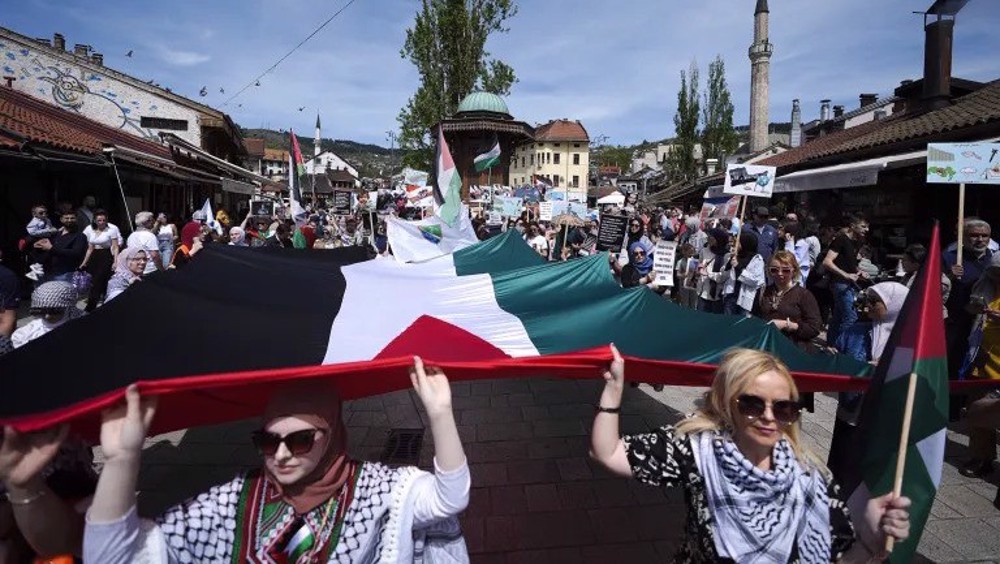
Hamas urges global strikes, sit-ins to end Israel’s genocide in Gaza

UNRWA: Gaza ‘land of desperation’ after 50 days of total Israeli siege
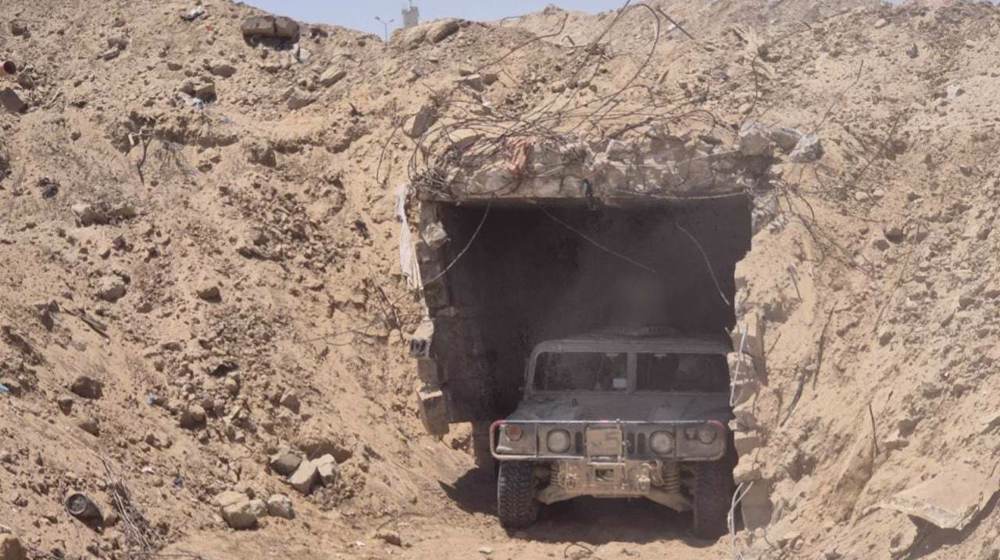
Lies unraveled: Ex‑minister says Israel faked Gaza tunnel image to stall truce deal
Iran unveils legal strategies for SCO states to counter challenges
Gaza’s slow death: How aid blockade has pushed Palestinians to the brink
US plan requires Ukraine to give 20% of territory to Russia: Report
Iran: New sanctions show US 'lack of goodwill' in talks with Tehran
Charred bodies found in school as Israeli strikes kill dozens in Gaza
VIDEO | Press TV's news headlines
The April Revolution: One-year anniversary of Gaza solidarity encampments in US
Pezeshkian hails Iran-Azerbaijan ties ahead of visit to Baku








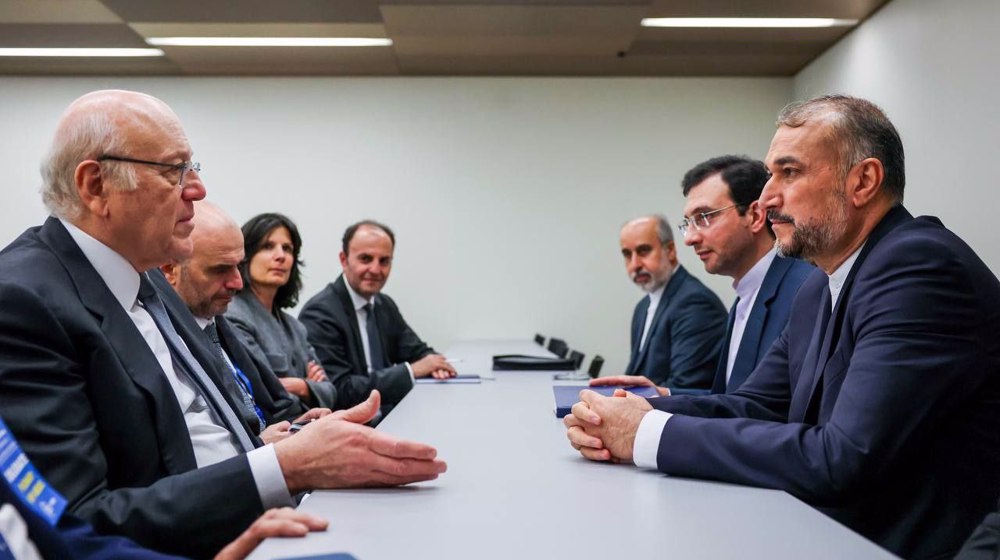
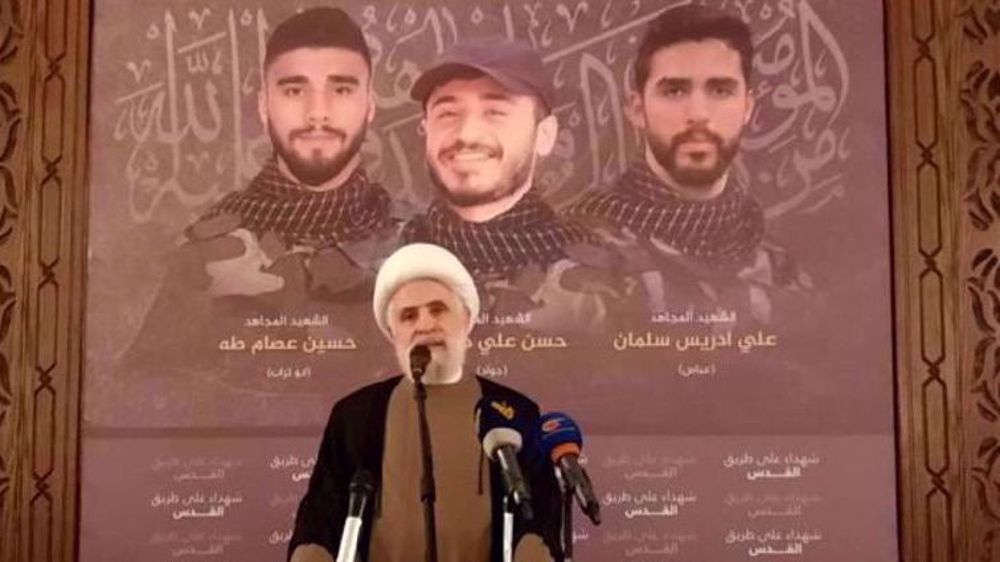
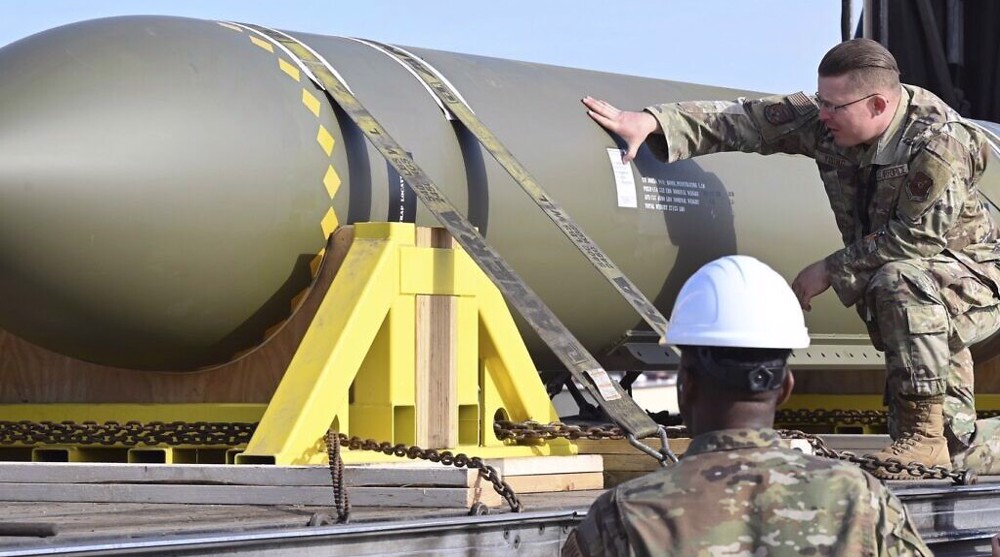

 This makes it easy to access the Press TV website
This makes it easy to access the Press TV website